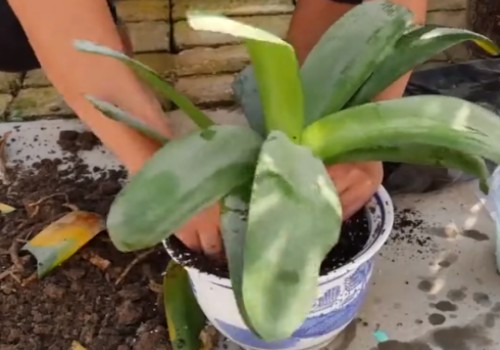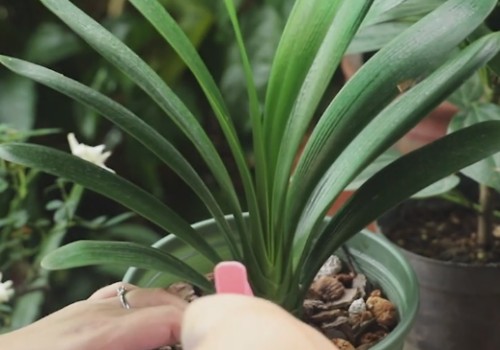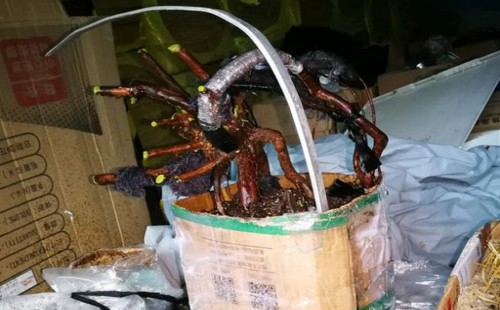Detailed picture and text course on how to plant a gentleman's orchid after its rotten roots
Whether watching flowers or leaves, Magnolia has a high ornamental value, but if excessive watering, excessive fertilization and other maintenance and management operations are inappropriate, it is also easy to cause potted Cymbidium root rot phenomenon. Once we encounter the rotten roots of Cymbidium, we need to take timely rescue measures, and changing pots, changing soil and replanting is a more effective method. So, how do you plant a gentleman's orchid after its rotten roots?

Cymbidium is very easy to have rotten roots, but the direct consequence of rotting roots is light, which leads to the withering and yellowing of stems and leaves, while heavy may cause death. Therefore, in the eyes of many friends, Cymbidium is a kind of flower plant that is difficult to raise. However, today, the editor will share with you the detailed picture and text tutorials that have been replanted after the rotten roots of Cymbidium. I hope it will help you to deal with the problem of rotten roots.
1. Carefully remove the rotting orchid from the original basin.
2. Remove all the soil adhering to the root system of Cymbidium.
3. Gently peel off the dried and yellow leaves produced by the outer layer of Cymbidium.
4. Find the rotten root and cut it off with scissors
5. Check the remaining yellow leaves on the plant and cut off the yellowed parts after original discovery.
6. Rinse the root of Cymbidium under the faucet.
7. Check whether there are any rotten roots that have not been cut off.
8. Use fungicides and dilute them with water in accordance with scientific proportions. Dissolve them in water and stir them evenly.
9. Completely soak the root of Cymbidium in the aqueous solution of fungicide to disinfect and sterilize.
10. Pour the newly prepared culture soil into the basin, that is, imported peat, coconut bran, perlite and other mixed substrates.
11. Remove the orchids from the roots that have been soaked and sterilized for 5-6 minutes and put them in a cool place to dry the excess water on the surface.
12. Replant the orchid into the flowerpot and fill the soil, but be careful not to overpress the soil
After finishing the pot, put the potted plant in a cool place to slow down the seedlings, and then water it after about 2-3 days. At the same time, spray and water the fungicide solution once a week for 3 times in a row.
Time: 2019-05-28 Click:
- Prev

What if the gentleman orchid is half dead?
Magnolia is a kind of flower plant with high ornamental value, even when it does not bloom, its leaves can remain green and smooth, which can be appreciated as foliage plants; and once it blossoms, the flowers are extremely gorgeous, and it is also very good to treat them as flowering plants. It's autumn now.
- Next

How to pack a bag in winter
Bagging potted plants is a common management method in the process of conservation. The purpose of bagging is mainly to keep warm and moist. Generally, it is necessary to take a management measure in order to avoid frostbite or freezing of plants under low temperature. This is mainly applied in cold tolerance is too poor
Related
- Fuxing push coffee new agricultural production and marketing class: lack of small-scale processing plants
- Jujube rice field leisure farm deep ploughing Yilan for five years to create a space for organic food and play
- Nongyu Farm-A trial of organic papaya for brave women with advanced technology
- Four points for attention in the prevention and control of diseases and insect pests of edible fungi
- How to add nutrient solution to Edible Fungi
- Is there any good way to control edible fungus mites?
- Open Inoculation Technology of Edible Fungi
- Is there any clever way to use fertilizer for edible fungus in winter?
- What agents are used to kill the pathogens of edible fungi in the mushroom shed?
- Rapid drying of Edible Fungi

